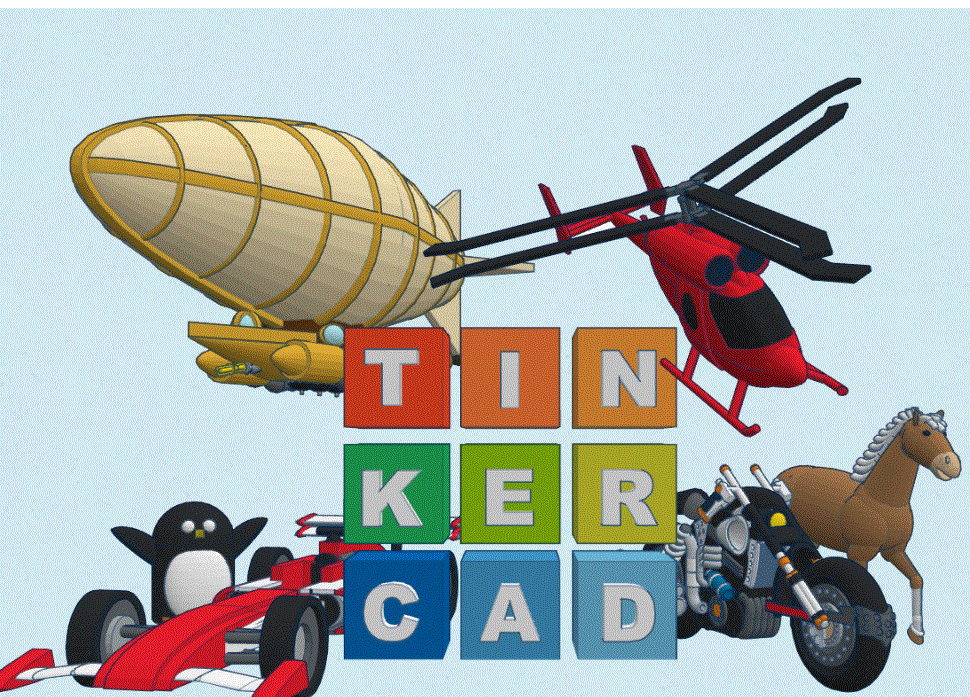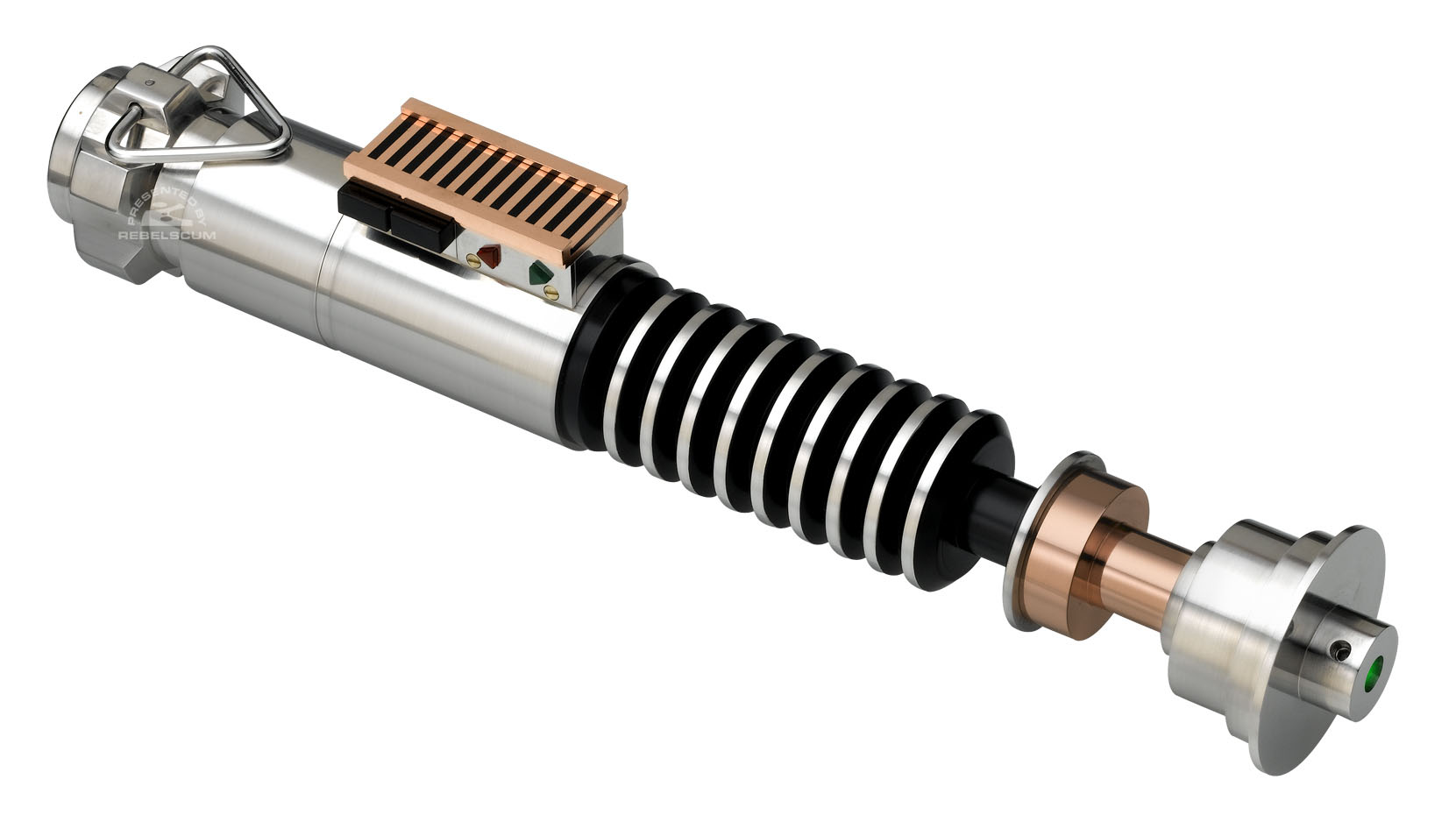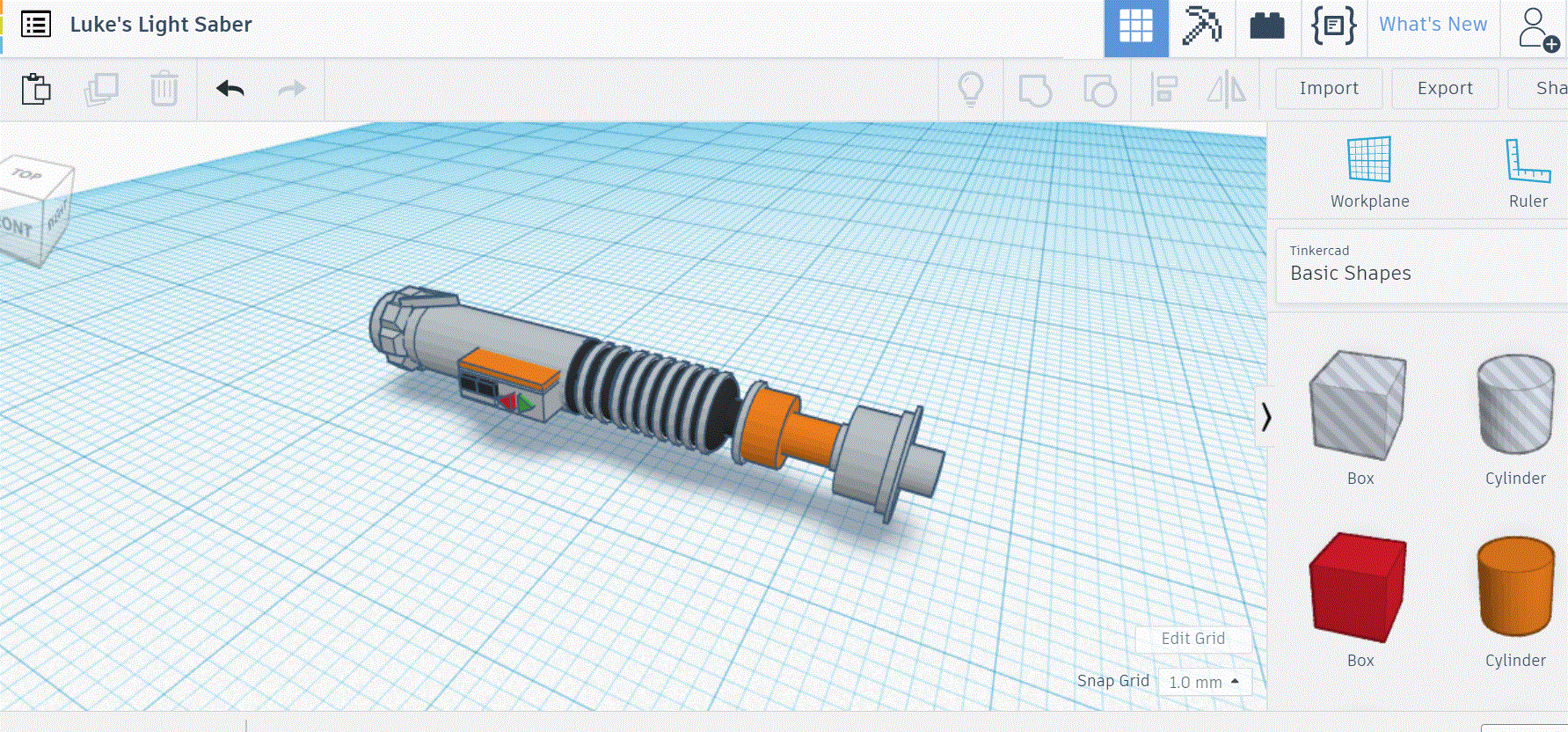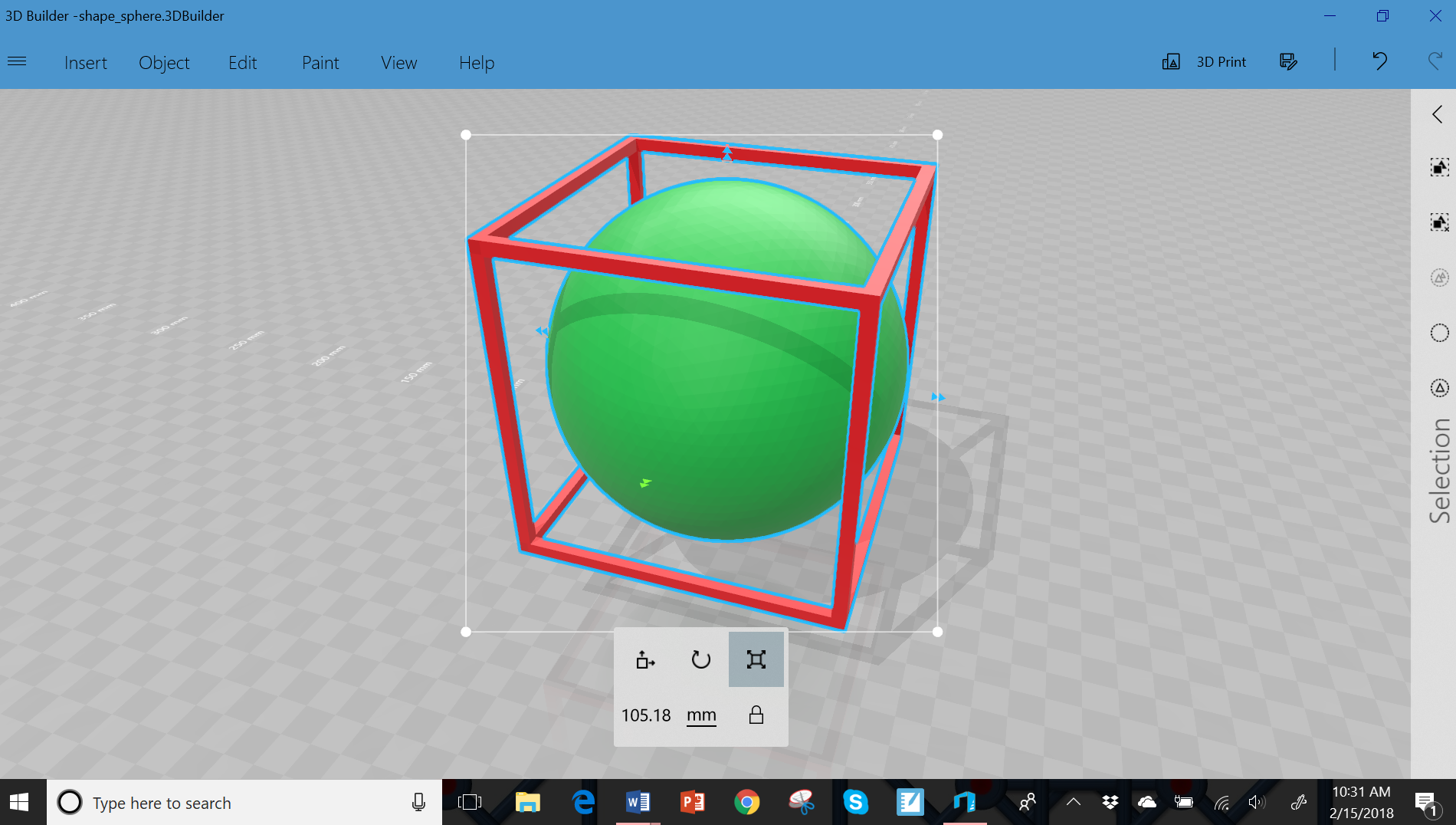It’s mid-month, which means it’s time for our newsletter. Valentine’s Day is now passed but we still have plenty of treats for you this month. So, let’s get right into it.
We’re going to start the discussion with Geometry, which is quickly starting to get filled out and ready for Version 2. We finished editing all of the videos and posting them to YouTube. That also means we were able to add the QR codes to the worksheets.

In addition to finishing the videos and adding the QR codes we have also increased the graphics quality considerably on the diagrams in the book. Every diagram that shows up in Geometry has been made by the FX MathPack, which was created by the Efofex software company, and which we sell in our Shop. The resulting PDF files are larger in size, but the sharpness of the images is now excellent.
We have, of course, posted the latest Common Core Geometry Unit Review and Unit Assessment. For this month, we released the Unit #9 (Circle Geometry) Review and Assessment. This is a monster review packet of problems along with a great assessment. That means that next month we will be releasing the final Common Core Geometry Review and Assessment (Unit #10 on Measurement and Modeling). Next year, of course, we will begin to release add-ons for Common Core Geometry, likely including new lessons (Intro to Parallel Lines, the General Area Formula for a Triangle, …) and make up assessments.
Alright, enough Geometry. Now for the Common Core Algebra I Add-Ons. This month we bring you a mid-unit quiz and a new lesson. Both are designed for Unit #9 (Roots and Irrational Numbers). We have a Form A and Form B mid-unit quiz that covers all of the material through Lesson #4 (Solving Quadratics Using Inverse Operations). We also bring you a lesson that connects the process of Completing the Square with area models. We think this lesson could be taught in either Unit #8 (after completing the square) or in Lesson #9 right before (or I suppose after) Finding Zeroes by Completing the Square. In the lesson, we look at why the algorithm of dividing the linear coefficient by 2 and then squaring the result makes sense from an area perspective. It’s super cool! I hope to have a video version of it next month.
For Common Core Algebra II Add-Ons this month we have two new resources for Unit #10 on Polynomial and Rational functions. First, we added Lesson #1.5 on the End Behavior of Polynomials. We felt like our current lessons on Polynomial Graphs and their Equations just didn’t do this topic justice. So, we added one that looks more closely at how the end behavior (a.k.a. long-run behavior) of polynomials is dependent on its leading coefficient and degree. We also added an activity on Rational algebra (called Rational Puzzles Activity). This activity has students investigate interesting patterns that emerge when you manipulate an integer and then explain these patterns using rational algebra. We think this is a really great activity for kids once they have learned how to simplify rational expressions as well as add, subtract, multiply and divide them.
Finally, for Algebra 2 and Trigonometry add-ons this month we have a huge new set of Trigonometry Application problems. Students can always use more practice with the Law of Sines and Law of Cosines and this problem set gives them plenty!
On a final note, recently my kids and I have really gotten into the 3D printing craze. The great thing about 3D printing, besides that it is now relatively affordable, is it has given rise to tons of free websites and other programs that allow for unparalleled 3D modeling. My favorite, right now, is a site called Tinkercad. This is a completely free online program from the makers of AutoCAD:

The platform is easy to signup for and quite easy to use. The great thing is that it allows kids (and adult kids) to play around with 3D geometry, including the movement (translations, rotations, and reflections) and scaling (dilation) of figures to achieve whatever you are trying to make. My kids and I had a challenge to model Luke’s original lightsaber (geek alert). Here’s a picture of it from online:

And here is my version of it on TinkerCAD:

Not perfect, but pretty good. The 3D print of it was small, but also awesome! This won’t be my last discussion of these types of programs. We live in an age when experiencing 3D Geometry is easier than it ever has been before. If we want kids to be able to visualize the cross-sections of solids, then why not allow them to cut them open? The programs that allow them to do this are everywhere and I would encourage math teachers to play around with them. In fact, if you have a new PC (even relatively new with Windows 10) you already have one of these programs pre-installed on your computer called 3D Builder. Here is a screenshot of a recent “Ball in Box” design I finished:

Alright, well, only one month (more or less) until Pi Day. Hopefully the snows will soon melt and give way to spring. But, I’m not holding my breath.
